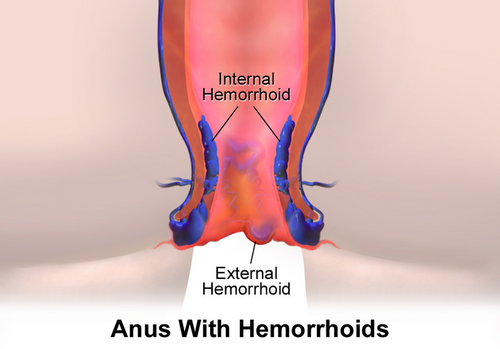
What Are Hemorrhoids?
A hemorrhoid is a enlarged, "varicose" vein that appears around the anus and in the lower rectum rather than up and down the lower legs. The veins in the lower rectum act as natural cushion against the forces needed to expel waste when the bowels move. These cushions are present in healthy people; in fact, they are even present in the fetus before birth. When the cushions become swollen or inflamed, they can bulge out as hemorrhoids, causing pain, bleeding, burning, itching, and difficulty cleaning up after a bowel movement. Hemorrhoids can occur at any stage of life, but they are most common in men who do manual labor and in women during or after pregnancy.
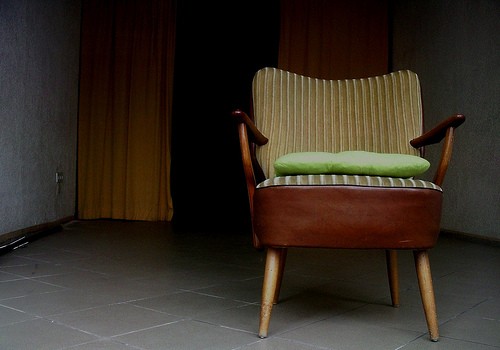
Symptoms Of Hemorrhoids
How can you know if you have hemorrhoids? The most common symptom is red blood on toilet paper. Bright, red blood indicates a bleed close to the surface of the body. Dark, brown, hard blood indicates a different kind of problem (and usually a more serious problem) further up the digestive tract. Sometimes the hemorrhoid can get so full of blood that it forms a tiny, or occasionally not so tiny, knot known as a thrombus. If you were to take a look at this knot, it would be a round, purple bulge close to the opening of the anus. About 1 in 5 people who has hemorrhoids will also develop anal fissures, breaks and tears in the anus itself, rather than swollen veins, and many hemorrhoid sufferers will deal with itch, burning, a sense of not being able to finish a bowel movement, skin tags from healed hemorrhoids, and a pale, bluish mass known as a prolapse, where the lower rectum has falled out of the anus.

How You Wipe Makes a Difference
One of the unpleasant realities of hemorrhoids is that they make personal hygeine after defecation more difficult. Because there are lumps and bumps and skin tags that can catch feces, extra attention to wiping after using the toilet is a must. It's always important to wipe backward, toward the butt crack, rather than forward, toward the genitals. E. coli and other bacteria in feces can get transferred to the genitals (even in men) either from toilet tissue or from residual waste left in underwear. A moist wipe is OK, but you'll want to follow any moist wipe with a dry wipe to prevent bacteria from accumulating "down there" to cause inflammation and odor.
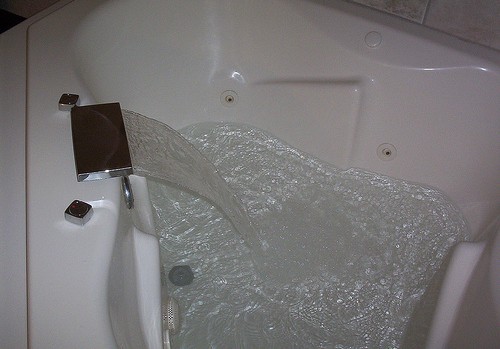
Take A Warm Bath
The easiest way to treat hemorrhoids is by taking a sitz bath, which involves nothing more than sitting in water. Customarily, a sitz bath is taken in water that is warm but not hot, that is, water at about 30 degrees C or 86 degrees F. However, it is at least as helpful take a sitz bath in cold water that is 15 degrees C or 60 degrees F. It's OK to add epsom salts to the bath water, but it's a bad idea to use soap, bubble bath, or fragrances, especially fragrances containing essential oils. Many people get allergic reactions to essential oils, and that makes any itching problem a lot worse. It's important to understand that take sitz baths is a treatment, not a cure. You can take a bath every day and feel better, but you'll have to take another one the next day.
- Important notification about information and brand names used in this slideshow!
- Photo courtesy of Ben Ostrowsky by Flickr : www.flickr.com/photos/sylvar/60594872/
- www.wikihow.com/Heal-Hemorrhoids
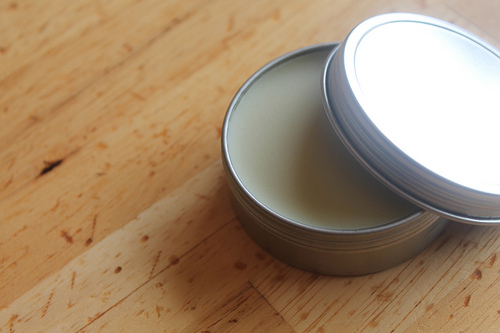
Apply Ointment or Cream
If you live in the United States or Canada, it's highly likely you will have seen hundreds or even thousands of advertisements for a hemorrhoid relief cream known as preparation H. This familiar product is made with a variety of ingredients, with different ingredients for the different countries in which it is sold. In Canada, preparation H is made with a yeast extract called Biodyne, which relieves "chapped ass" from cold exposure. In the United States, Preparation H is made with an over-the-counter medication called phenylephrine, which helps blood vessels deal with heat. However, just about any product that contains wintergreen will help tighten the blood vessels that flop around to cause hemorrhoids. Be sure to apply the product to hemorrhoids; creams are not intended to be taken internally.
- Important notification about information and brand names used in this slideshow!
- Photo courtesy of Nina Nelson by Flickr : www.flickr.com/photos/shalommama/8496100182/
- www.wikihow.com/Heal-Hemorrhoids
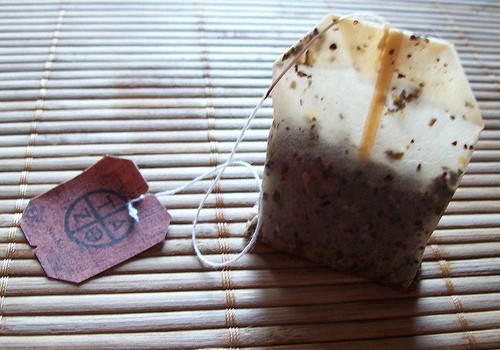
Apply Warm Teabag
If you have run out your Preparation H, or you are allergic to wintergreen, try this old home remedy for hemorrhoids: Soak a tea bag in boiling water for no more than a minute. Then let it cool down so you can handle it without burning yourself, and then place between the butt cheeks over any area of hemorrhoidal inflammation. Warm, moist heat relieves itching, dryness, and skin inflammation. The tannins in the tea cause a gentle constriction of the enlarged veins in the hemorrhoidal cushions surrounding the anus and in the lower rectum. Smaller veins lead to less pain. As with other hemorrhoid treatments, the tea bag is never used internally, as a suppository, and it is thrown away after use. Any kind of green or orange Pekoe tea is fine for this purpose, but herbal tea (except calendula or chamomile) is not a good idea.
- Important notification about information and brand names used in this slideshow!
- Photo courtesy of A Girl With Tea by Flickr : www.flickr.com/photos/agirlwithtea/4866395531/
- www.wikihow.com/Heal-Hemorrhoids
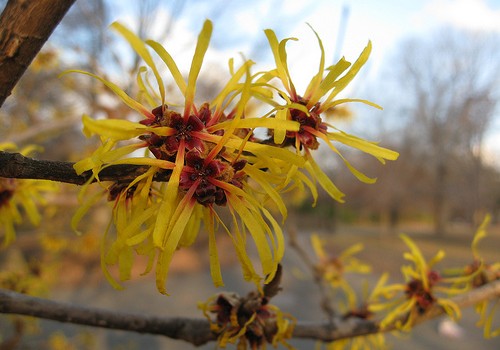
Try Witch Hazel Wipes and Ointments
Native Americans used the leaves and bark of the witch hazel bush to make astringents to treat cuts, abrasions, bruises, insect bites, skin infections, swelling, and hemorrhoids. By the middle of the 1800's, witch hazel ointments had become big business in the United States, with pharmaceutical chemists developing special formulations of witch hazel essential oil called hydrosols or hydrolats for people with sensitive skin. You could splash a little witch hazel toner--be sure to choose a brand that is labeled as alcoholp-free--or you could use witch hazel pads, such as the well-known brand Tucks, or any witch hazel salve produced by a reputable herbal products company. Sometimes you will find witch hazel labeled as Hamamelis, its botanical name.
- Important notification about information and brand names used in this slideshow!
- Photo courtesy of Jennifer Dunne by Flickr : www.flickr.com/photos/jenniferlynndunne/3293986546/
- www.wikihow.com/Heal-Hemorrhoids

Eat Citrus Fruit Rich With Bioflavonoids
An orange a day might keep the hemorrhoids away, at least if you eat the zest (the colored part of the peel, although not the white pith) along with the fruit. Citrus fruit in general and oranges in particular are a great source of hesperidin and diosmin, chemicals that help speed along the process through which the body breaks down clotted blood (which can swell surrounding tissues) and allow blood to flow normally through the venous cushions that surround the anus. The great thing about citrus fruit for treating hemorrhoids is that it is not strong enough to be really "medicinal," it just helps maintain healthy circulation that keeps swelling at a minimum. One or two pieces a day is enough.
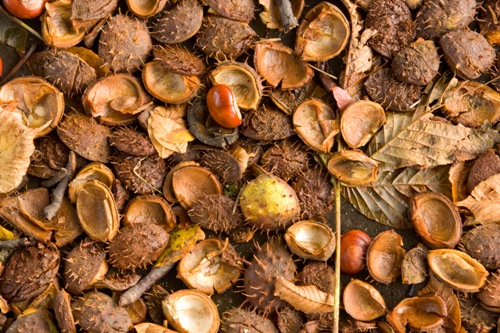
Have You Tried Horse Chestnut?
Horse chestnut extract is the mainstay of modern herbal treatment of all kinds of varicose veins, both the varicose veins that appear in the legs and hemorrhoids. Horse chestnut contains aescin, a compound that makes the cells in the lining of the vein more reactive to calcium. The calcium helps them tighten so the vein tightens and swelling goes down. Aescin is also a mild antihistamine, reducing both allergic reactions to food and inflammation and swelling aggravated by nervous tension. When taking horse chestnut extract, it is important to remember that more is not better. Be sure to follow the instructions on the label.
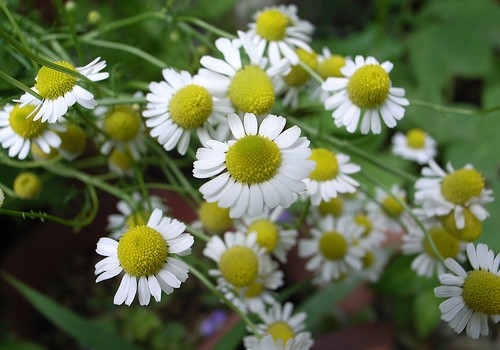
Soothing Chamomile Relieves Itching And Burning
For hundreds of years people have taken warm, soothing chamomile tea for various forms of tummy trouble. For hemorrhoids, chamomile does not so much shrink hemorrhoids as it relieves itching and burning. But for chamomile tea that really works, it is important to brew your tea the right way. The healing compounds in chamomile known as the chamazulenes are highly volatiles. If you put your chamomile tea bag into boiling water, the anti-inflammatory chamazulenes will simply boil away. Heat water until it just begins to bubble, and then brew your tea in a closed vessel. That is, make chamomile tea in a tea pot or in a cup you have covered with a saucer, removing the saucer when you are ready to drink the tea. Brewing the tea for about eight minutes gives you the optimum anti-inflammatory brew.


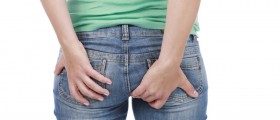


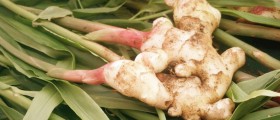

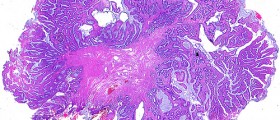







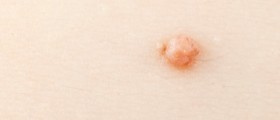
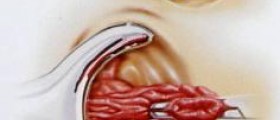
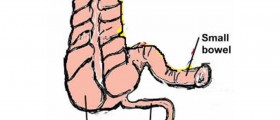
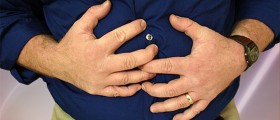

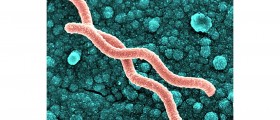



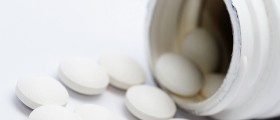
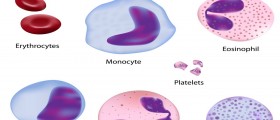
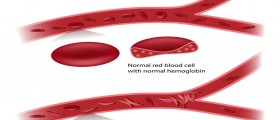
Your thoughts on this
Loading...